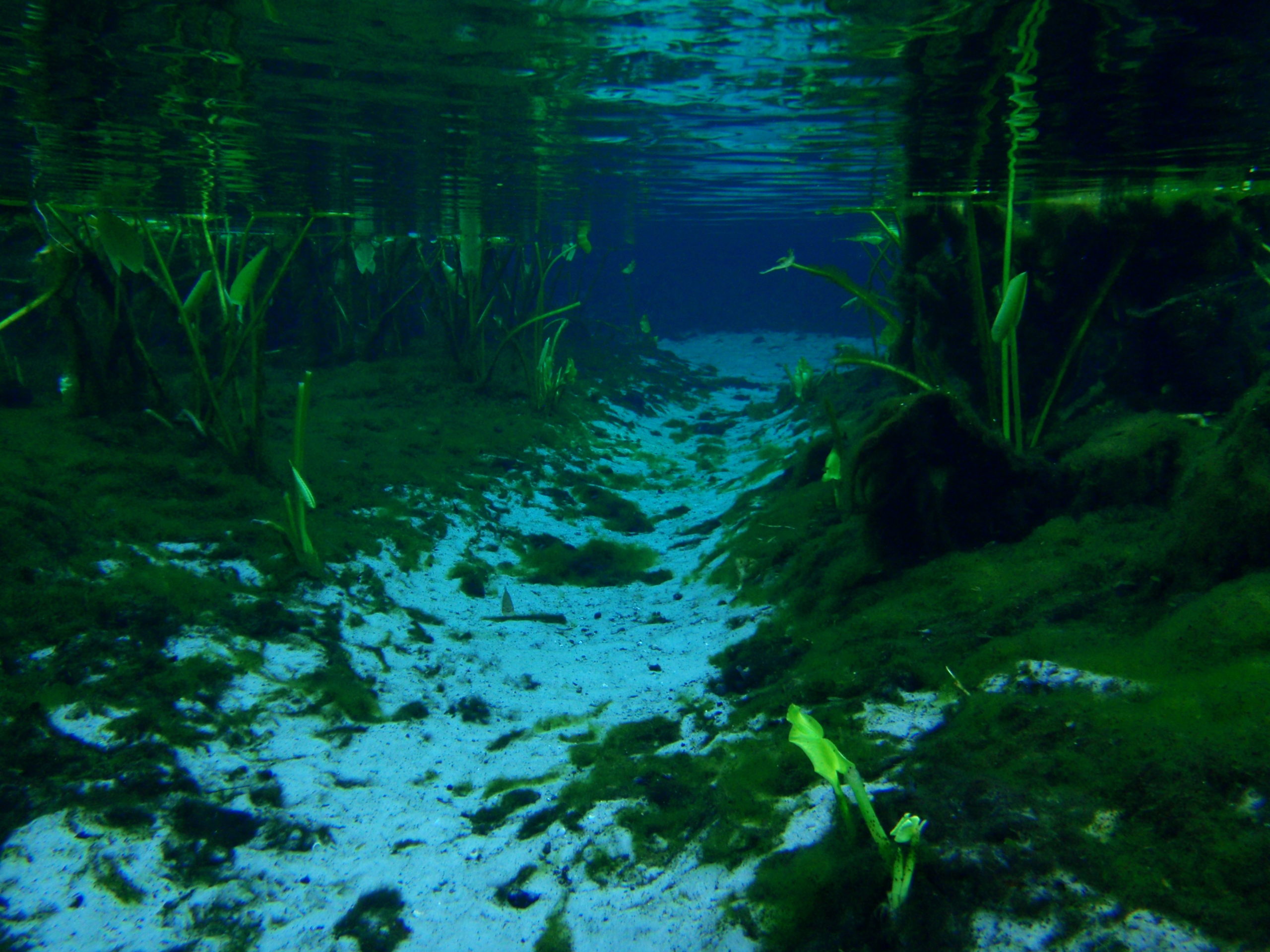Natural aquatic biotopes and plants
Who does not enjoy beautifully scaped aquariums with lush submersed vegetation and all those different shades of green, sometimes red or even purple or yellow? The art of the planted aquarium is not a new part of aquascaping. It has already been popularized by Dutch enthusiasts in the 1960ies. They started aquariums for the main sake of plant keeping instead of displaying fishes. To achieve a “natural look”, people around the world are using high-output lighting, CO2 installations and special soils to enable their aquarium plants to grow. But is an aquarium packed with plants natural at all? The answer is “yes” and “no” at the same time. To give a more elaborate answer, we need to take a look at natural aquatic biotopes and plants.
Natural aquatic biotopes
All around the globe you can find natural aquatic biotopes with crystal clear waters. They are full of both emerse aquatic macrophytes (higher plants that grow above the water surface or in swampy areas) and submerse macrophytes (higher plants that grow below the surface). Because of clear water, light can penetrate the water column deeper and thus, enables plants to grow in depths they could not colonize under other circumstances. A certain current of the water benefits this further, because floating plants that would otherwise block the sun from going deep into the water body are absent or only to be found in areas with less turbulent flow.

A perfect example for such natural aquatic biotopes are the famous waters of Bonito in Mato Grosso do Sul (Brazil) or the springs and spring runs of Florida (USA). Here, fish can use dense submerse vegetation for food and shelter. If you go snorkeling in these areas, you will find yourself within a gigantic natural aquarium. Many underwater photos are taken there to illustrate what an aquarium should look like.



Plants in different natural aquatic biotops
Many aquarium fish come from quite different habitats though. For example, many tetras and cichlids from the Amazon area mostly occur in small streams or lakes that have low visibility and almost no aquatic plants. Many species switch between flooded forest areas with low light and turbid water and therefore do not support aquatic plants and a more permanent waterbody like a lagoon or a large river.
Many catfish or killifish species are adapted to living in waterbodies that (almost) completely dry out for extended periods. In these waterbodies, no “real” aquatic plants can survive. The green in these waterbodies usually consists of plants that can switch between submerse and emerse growth. Prime examples for this adaptation are Echinodorus or Anubias plants. They are often emersely cultivated at the nursery and can later have a hard time in aquarium conditions at home.



Of course it is necessary to have an eye on correct water parameters and composition of fish species. But if you are looking for a natural display of a certain biotope, also check how many plants are actually occurring there and whether any plants are needed at all.


Match the plants to the requirements of the fish
When setting up their first aquarium, beginners tend to think that fish need plants in order to survive because they will produce oxygen for the ecosystem. This is partially true, but basically a good filtration system can simulate plant activity in an aquarium as well. The filter powers chemical processes of the nitrogen circle by aerating the water and providing room for bacteria. In a tank with fish that normally do not have aquatic plants where they live or would destroy / eat them, the filtration system and water changes should be adjusted accordingly.


Therefore, you do not have to be afraid to run your biotope aquarium without or only a few aquatic plants! To create the needed structures for avoiding aggression between fish, providing room for reproduction and to please the eye, there are lots of other materials besides plants to work with. According to the type of habitat you would like to recreate, different types of stones, branches or even naturally looking plastic decorations are available. Always remember to think of what the fish you are looking to keep need to stay healthy and happy. There will be a way to fulfill their needs and to make it aesthetically pleasing for the human eye at the same time.


Summery
Finally, it is up to the aquarium hobbyist, how far the recreation of natural aquatic biotopes should go. In many cases, it is sufficient to co-habitate fish that occur in the same type of waterbody and therefore have the same requirements for water parameters and to add some plants to make the whole system look nice. If you manage to only combine fish from a certain region of the world while still obeying the rule to only fill ecological niches with only one fish species per tank, it is already a step closer to perfection.
The showcase field of having an aquarium with only fish from the same region in combination with only plants from that region (in case there are any plants at all) is only practical for aquarium design competitions, zoos and specialist keepers in most cases. But why not reach for the top if you are an educated hobbyist?














interesting articles and photographs Yes will Keep Reading yours David R Seddon